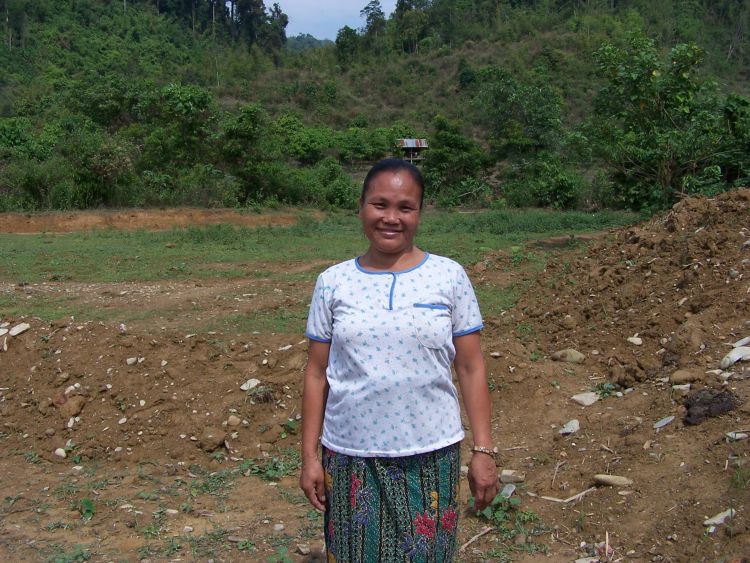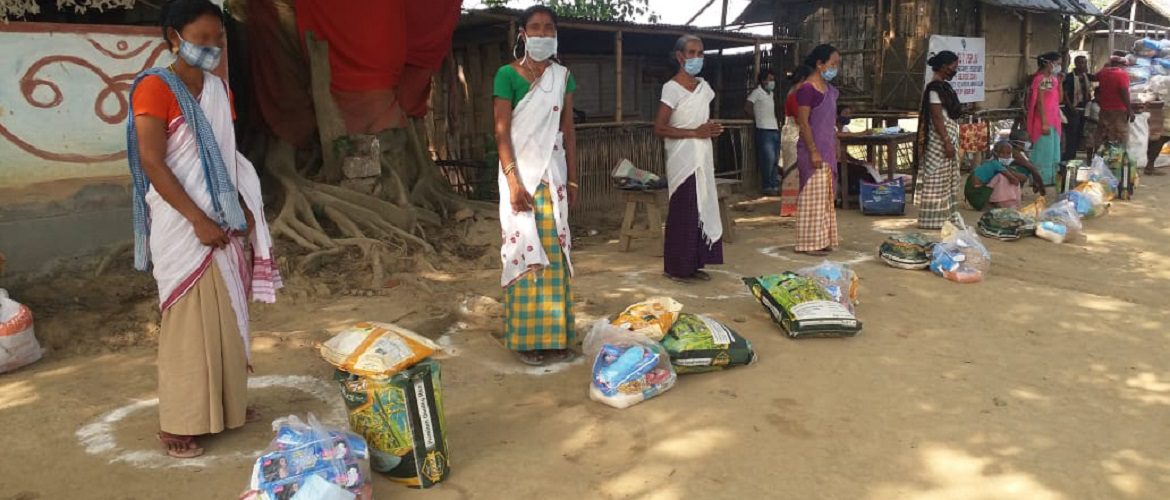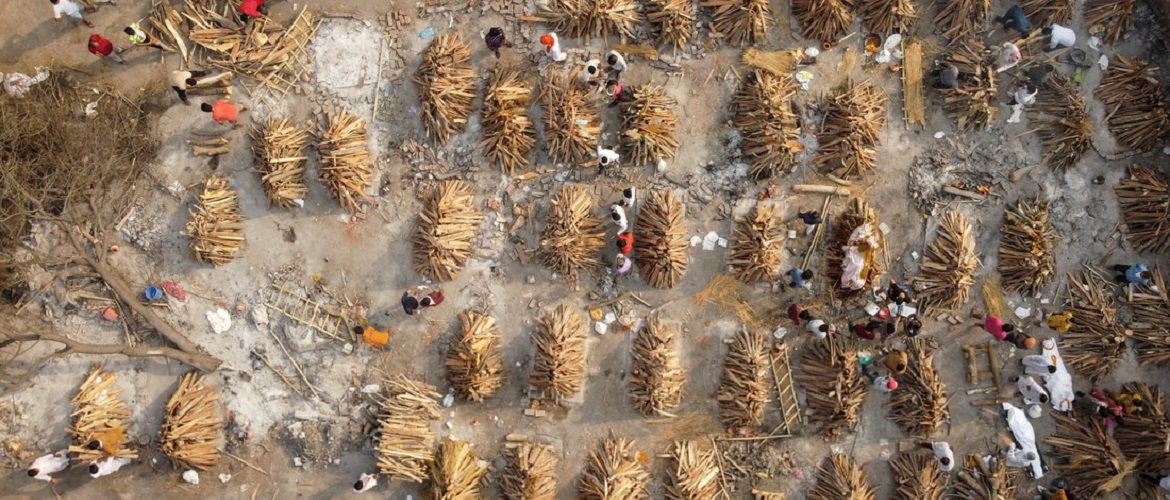By Louise Mooney, East Asia Humanitarian Program Coordinator, May 2012
In June last year the remote, mountainous district of Met in Laos’ north experienced the worst typhoon-triggered flooding in local grandmother Seng’s life. Seng’s family’s rice fields, essential to their livelihoods, were inundated with rocks, water and mud when the local stream flooded. “We lost nearly half of our newly planted rice crop, and were left with badly damaged fields” the grandmother of three commented. The family were forced to rely on upland rice production, which is less productive and very labour intensive, to survive.
Fortunately, this usually relatively disaster-free region has been involved in an AusAID-funded Oxfam project for the past five years, designed to assist communities to prepare for, and reduce their risk to, potential disasters. The head of the local farmers group, Khien, explains that “we didn’t really understand the importance of our village disaster preparedness plan until Typhoon Haima hit”.
The benefits of this disaster risk management project were instantly felt when the flooding warning, triggered by Typhoon Haima, was received in Met. Villagers, such as Seng and Khien, understood the risks and were able to protect much of their property and belongings, minimising losses in this impoverished region.
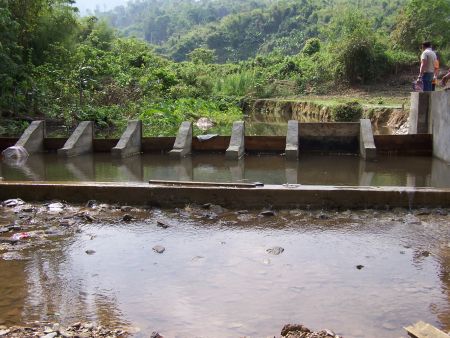
New concrete weirs and irrigation channels that had been built as part of the disaster risk management project held up well under the heavy flooding, protecting large areas of agricultural land. However, most of the locally constructed bamboo weirs were not so lucky, being destroyed by the flooding and causing inundation to crops. Fish ponds, a vital source of local protein, were also flooded, with stock lost.
Following the Haima flooding, Oxfam, again supported by AusAID, was able to support villagers like Seng to recover and better prepare for future disasters. Seng received assistance to clear her rice fields in preparation for the coming season. Her family will also benefit from the building of and repairs to more concrete weirs and channels through the project, improving access to and consistency of water supply. “This will mean that we can grow more rice and even have a small surplus to sell” Seng says.
The rice field clearing, organised by Oxfam and supported by other villagers, was also beneficial in preparing for future flooding. Village Chief, Somnhot Sonesouphanh, explained that “we used all the debris from the fields to build a dyke along the stream that flooded”.
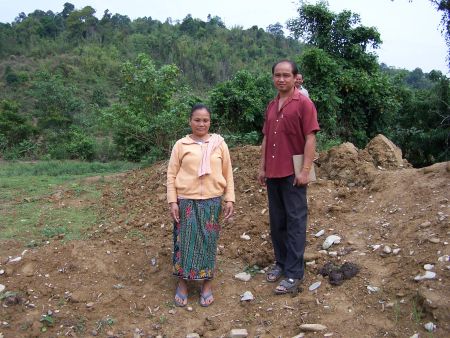
With other rehabilitation activities such as restocking the fish ponds also underway, communities in Met are feeling more confident about their ability to prepare for and recover from similar extreme weather events, which seem to be occurring more frequently. “We feel more ready for flooding this year and will be able to help ourselves, with the support of the District Disaster Management Office, if it comes” Khien said.
The success of this project confirms Oxfam’s growing commitment to scaling up efforts to reduce disaster risk and to empower poor men and women to adapt to the changing climate.
Find out more
Read more about Oxfam’s work in disaster risk reduction around the world
Learn more about International Day for Disaster Reduction
Donate to our Before Disaster Strikes appeal and help vulnerable communities build their resilience
